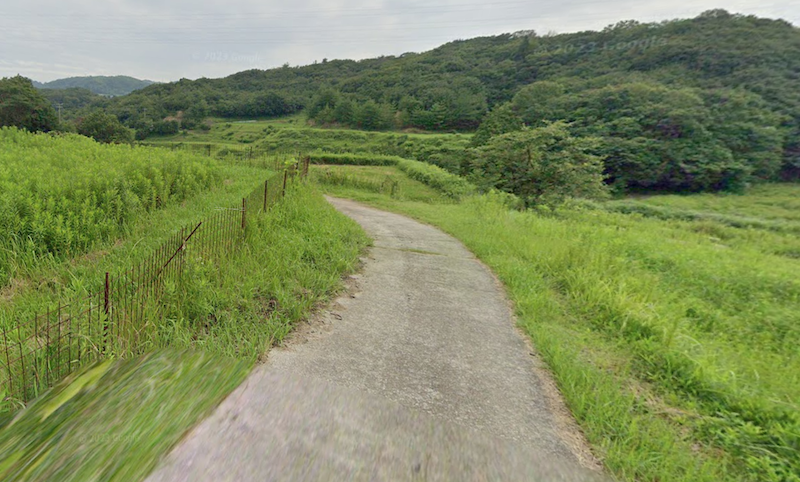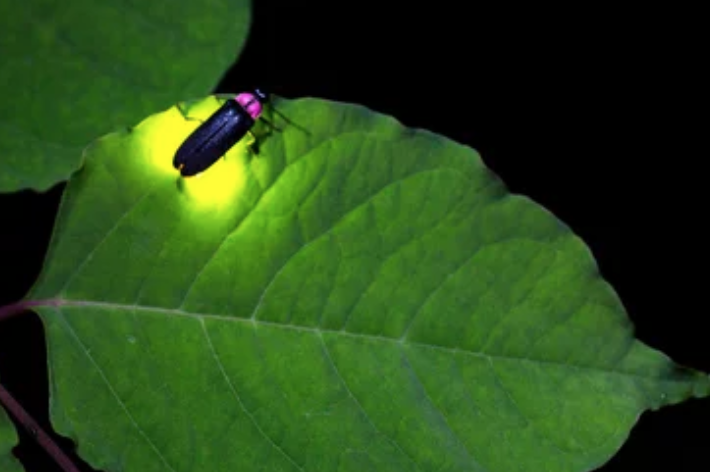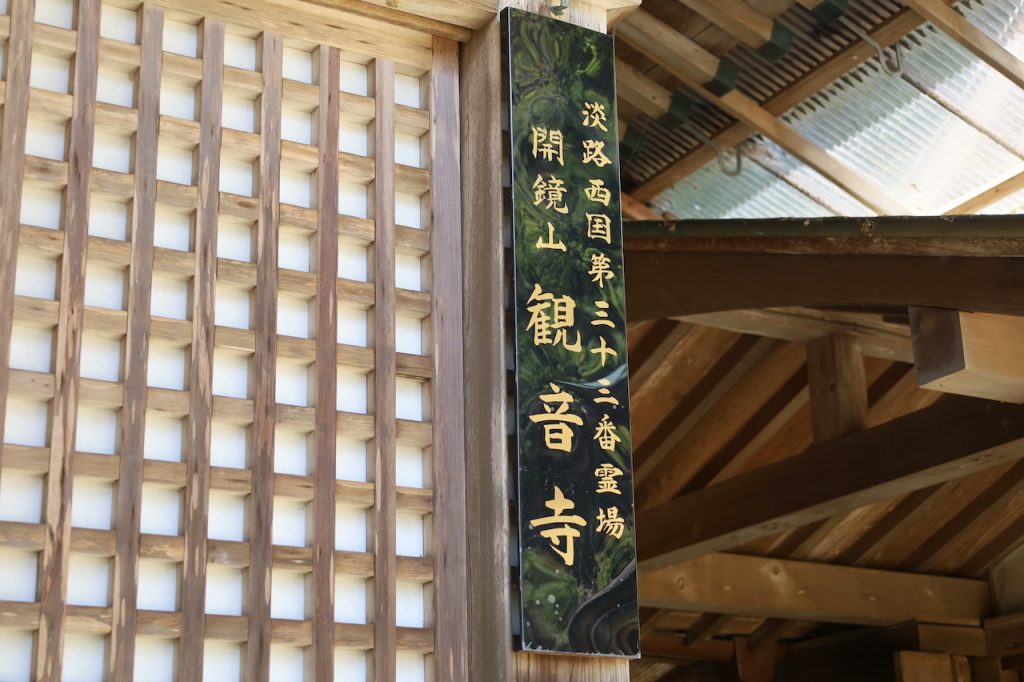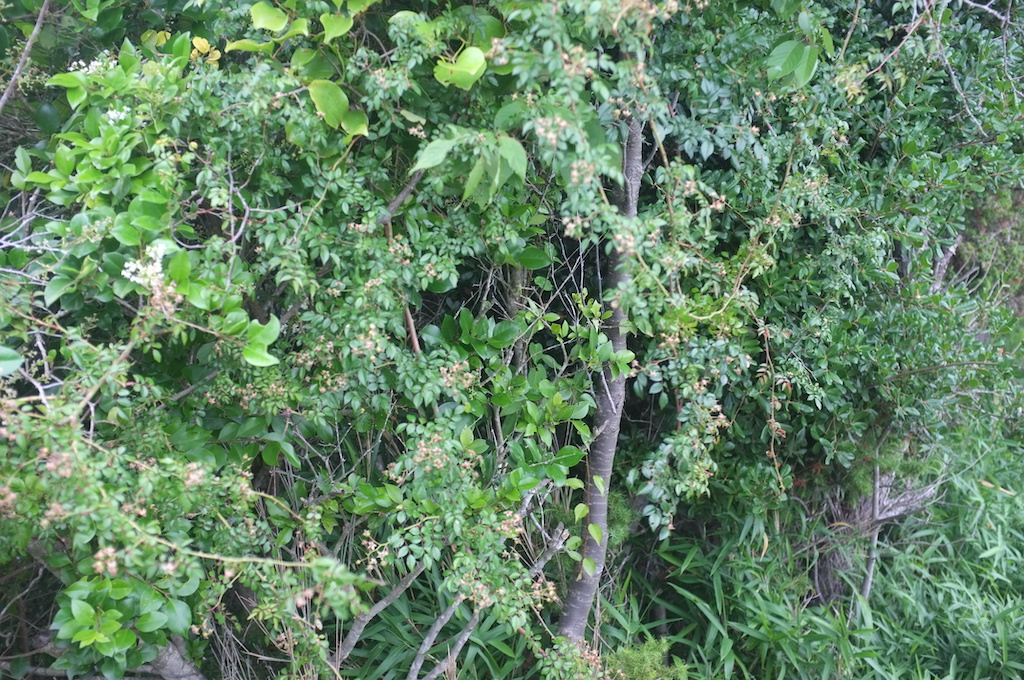
Awaji’s natural splendor shows the importance of biodiversity!
A walk through northern Awaji Island reveals pristine Japanese forests, small rivers, and other beautiful scenery. Here is a brief introduction to the natural environment of this exceptional island. Reflections on the features of this ecosystem naturally lead to a deeper understanding of the importance of biodiversity.
In Awaji, two official main roads cross the island from north to south, Routes number 28 and 31, running along the east and west coasts respectively. After taking Route 28 across the Akashi Kaikyo bridge, we reach Awaji Interchange. From here, Route 157 branches into the interior where we eventually come across a small area called Nojima-tokiwa.
Several reservoir ponds are in the area, one of which is near the Farmer’s restaurant “Haru San-san”. One June evening, on a walk around the pond, we came across a number of fireflies aglow with their luminous pale blue light in a bamboo forest near the pond. Japan is home to roughly 50 distinct firefly species. The 2 major species are named Heike and Genji. The former species live around ponds and marshes, while the latter one live near riverbanks. They both live in water for around 9 months before taking flight. Then they shine to attract a mating partner. Only 2 weeks after mating, they die.

Fig. Firefly (Heike hotaru)

Fig. Local map of central northern Awaji Island



Fig. Let’s walk in the northern area of Awaji Island. Water falls, small farms, etc.
This magical sight is gradually disappearing as the essential waterfront habitats of fireflies such as riversides and marshes are buried under concrete used to control water flow and prevent flooding. Since fireflies avoid the intense light from human activities, efforts must be made to preserve their original habitats. If human civilization does not provide environments suitable for fireflies, these wondrous beings may soon disappear from our world.
Now let’s walk into another suburb in northern Awaji. From the small fishermen’s town Iwaya, we enter the forest area where a gentle river flows from the hilltops to the sea, punctuated by several picturesque waterfalls. In these forests, we find small open spaces being used to cultivate rice. These rice fields are surrounded by pine, beech, chestnut and other commonly found trees, forming the traditional scenery of a Japanese forest.
Heading deeper into the trees, we find the sacred spot of “Kaikyo-san, Kannonji Temple,” founded almost 1000 years ago. In the temple is a monument of a famous horse from history named “Ikezuki”. This majestic steed appears in a famous chronicle dating back a thousand years. In this story of one of Japan’s first Samurai clans the Heike family (Heike-monogatari), Ikezuki is described together with another horse “Surusumi” as both horses play a part in the famous ancient battle at Uji river near Byoudou-in temple, ridden by 2 famous samurai generals.


Fig. Old temple (Kaikyo san Kan-non-ji) and a monument for a famous horse “Ikezuki”.
This area, where Ikezuki was born, was once renowned for producing cavalry horses even up to the Meiji-period. Monuments such as this one dedicated to Ikezuki is a reminder that even in such rural areas people have survived and tended the natural environment for millennia. Moving on from this temple, we take a narrow path through the forest, finally reaching the open hilltop area near Nijigen-no-mori park.
Next, we take route 157 from Nijigen-no-mori park southward. After a few minutes drive, the small farm village named Nakamochi comes into view. This area of rice fields and reservoirs lies in a hollow at the center of northern Awaji, ringed by mountains. Strolling along a path in the middle of rice fields, we see many plants characteristic of Japan’s traditional rural scenery known as Satoyama (traditional Japanese countryside). For a better understanding of Satoyama plant life, we talked with Prof. Sawada of the Awaji Landscape and Horticulture School who taught us the names of important plant species, and also about the significance of plant diversity.
Prof. Sawada told us that many plant species native to Satoyama are being eradicated by new plants from abroad which spread more aggressively. He showed us how to expel invasive species by simply weeding the area once a year to reduce the newcomers and protect indigenous flora. Another traditional way to preserve the Satoyama environment is to cut grasses surrounding rice fields after the harvest. This may also control overgrowth of various invasive plant species.




Fig. Abandoned rice field (Top). Many different plant species are there.
However, as in many other Japanese farmlands, this simple traditional way to maintain the Satoyama ecosystem is not being followed recently due to labor shortages, as a falling number of young people try to handle the abundance of rice production. However, if such traditional precautions are not observed, indigenous plants may eventually be overrun by more aggressive species. As an experiment with his students, Prof. Sawada is trying to bring back the original Japanese green grass plain in his school farm. Together, they collected seeds from various grasses in the Nakamochi area and have sown them in the fields. He explained that the reason behind the experiment is to preserve the original biodiversity of green grasses, a crucial element for conservation of the island’s natural environment.
Preserving biodiversity is one way to protect the complex network of plants, insects and animals in the ecosystem. Without being aware of it, we receive the benefits of this natural network. Humanity’s record for causing plant and animal extinction is already well known. The Red List of endangered species is enormous. A thoughtful walk through ancient settings as on Awaji Island reminds us about the importance and fragility of plant diversity in nature.
